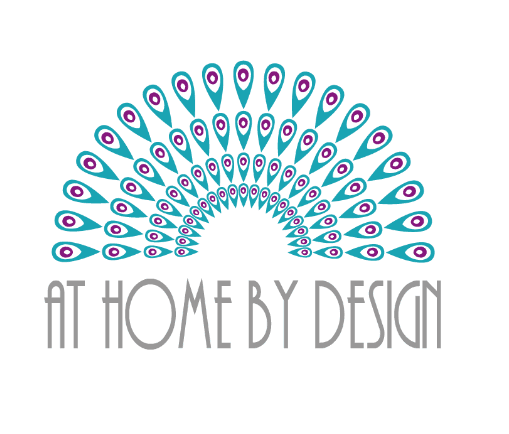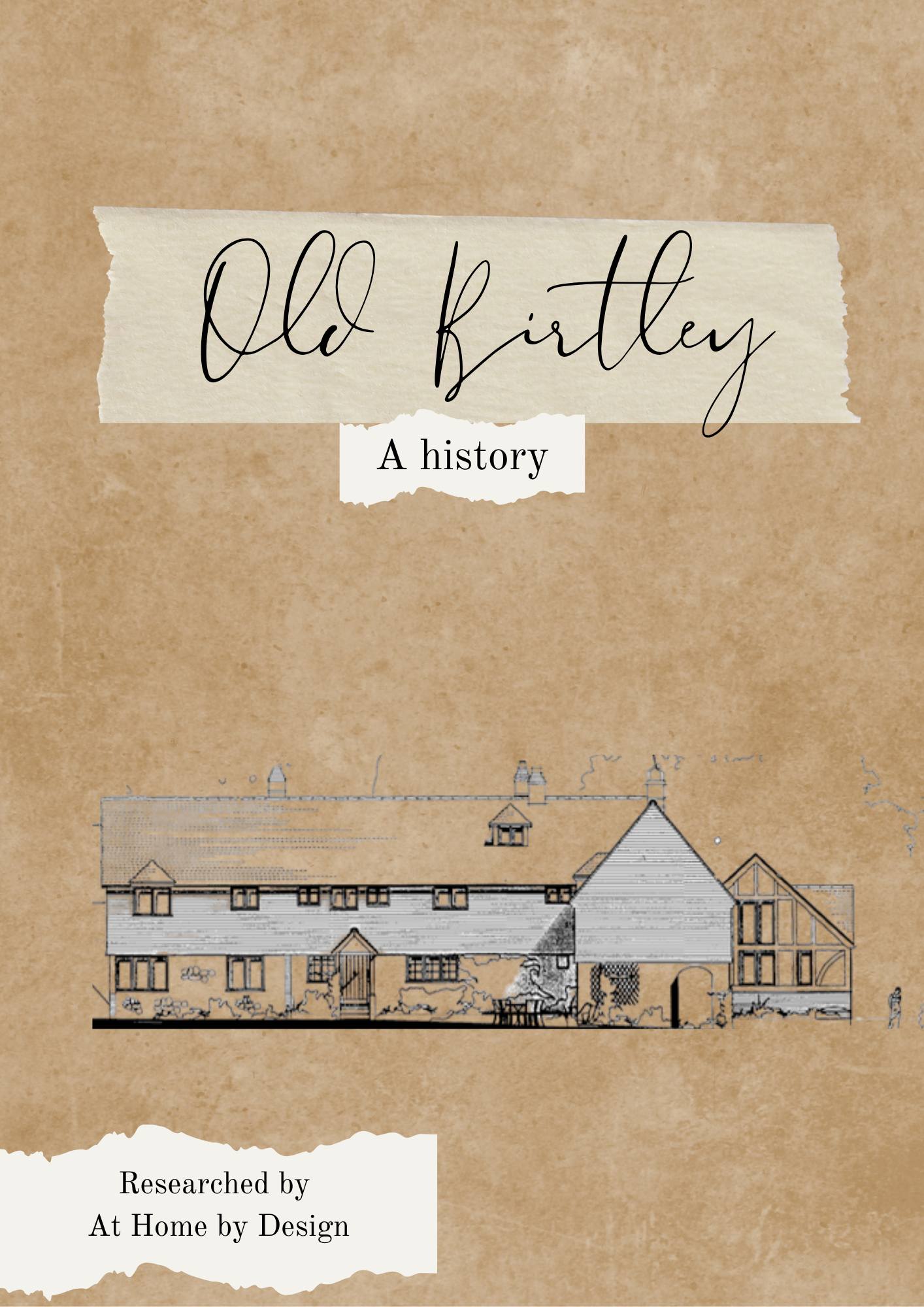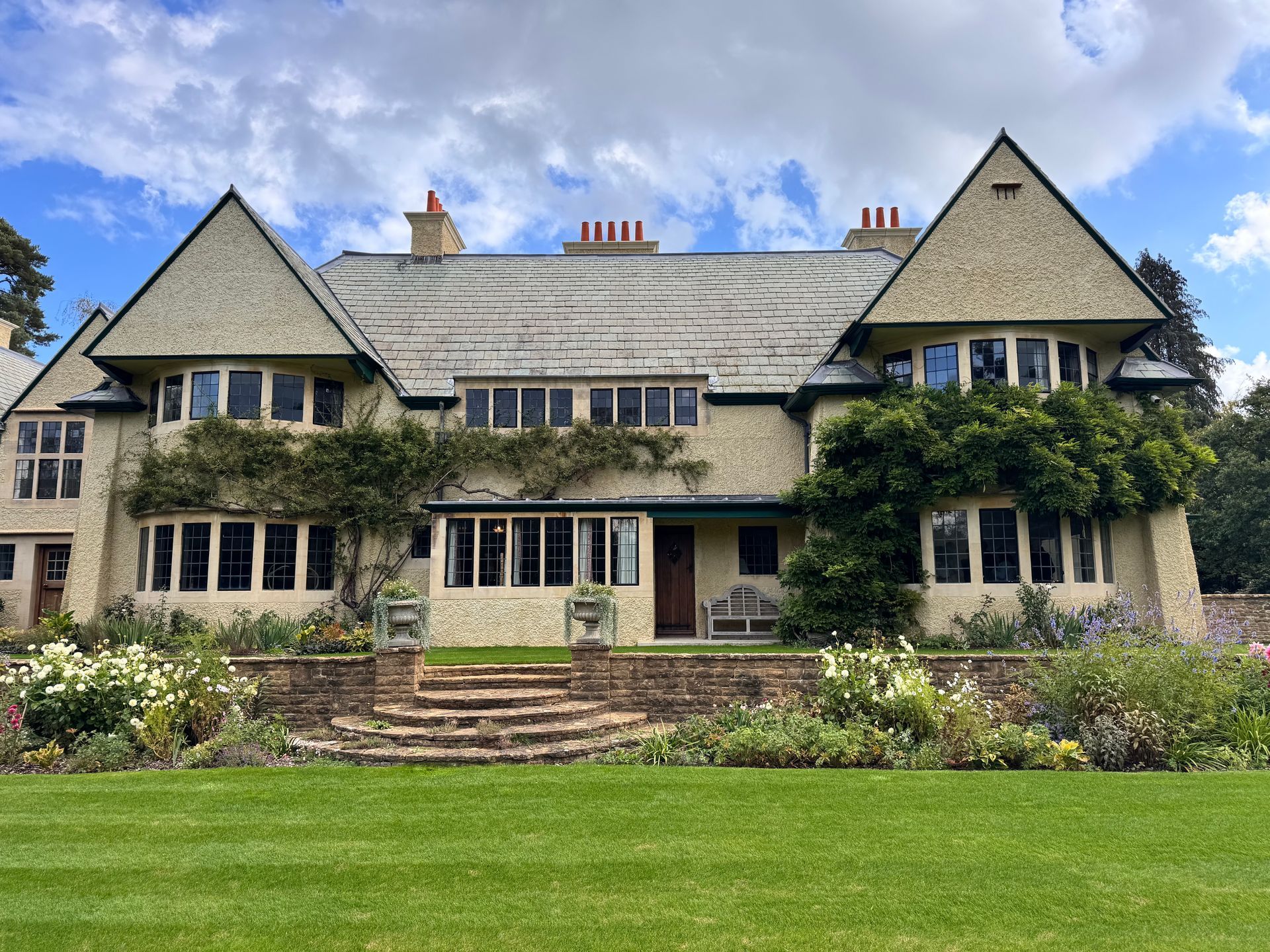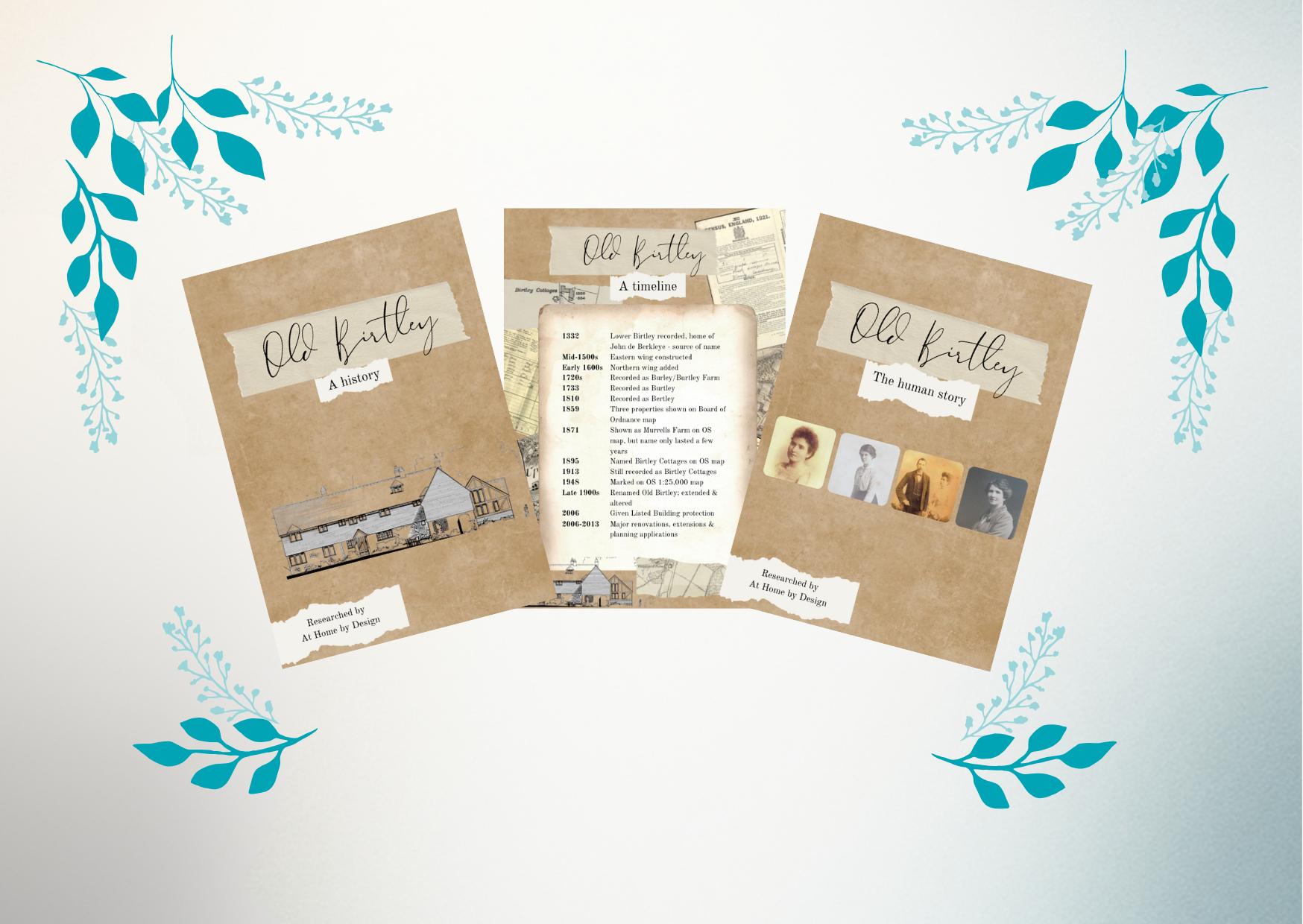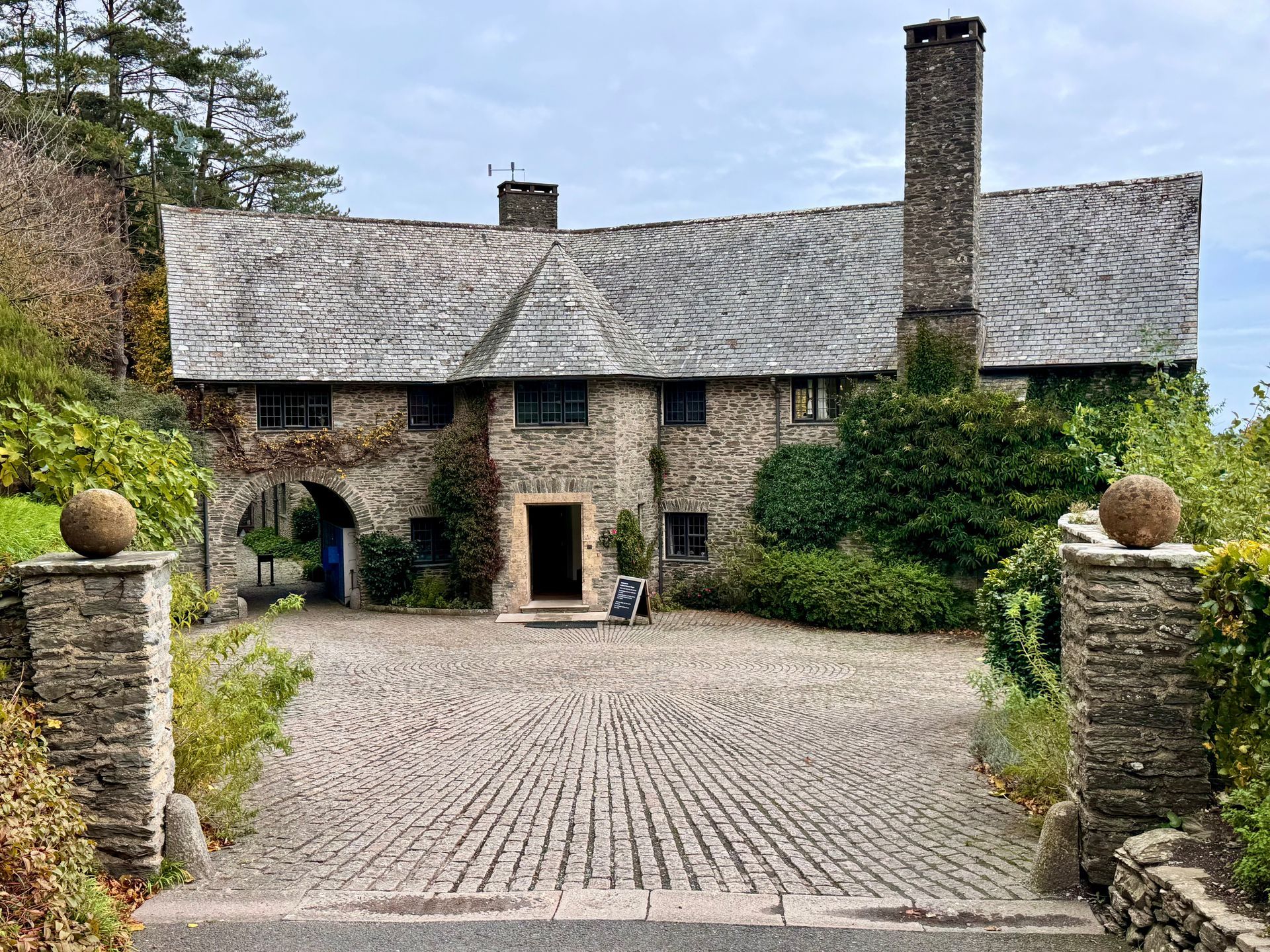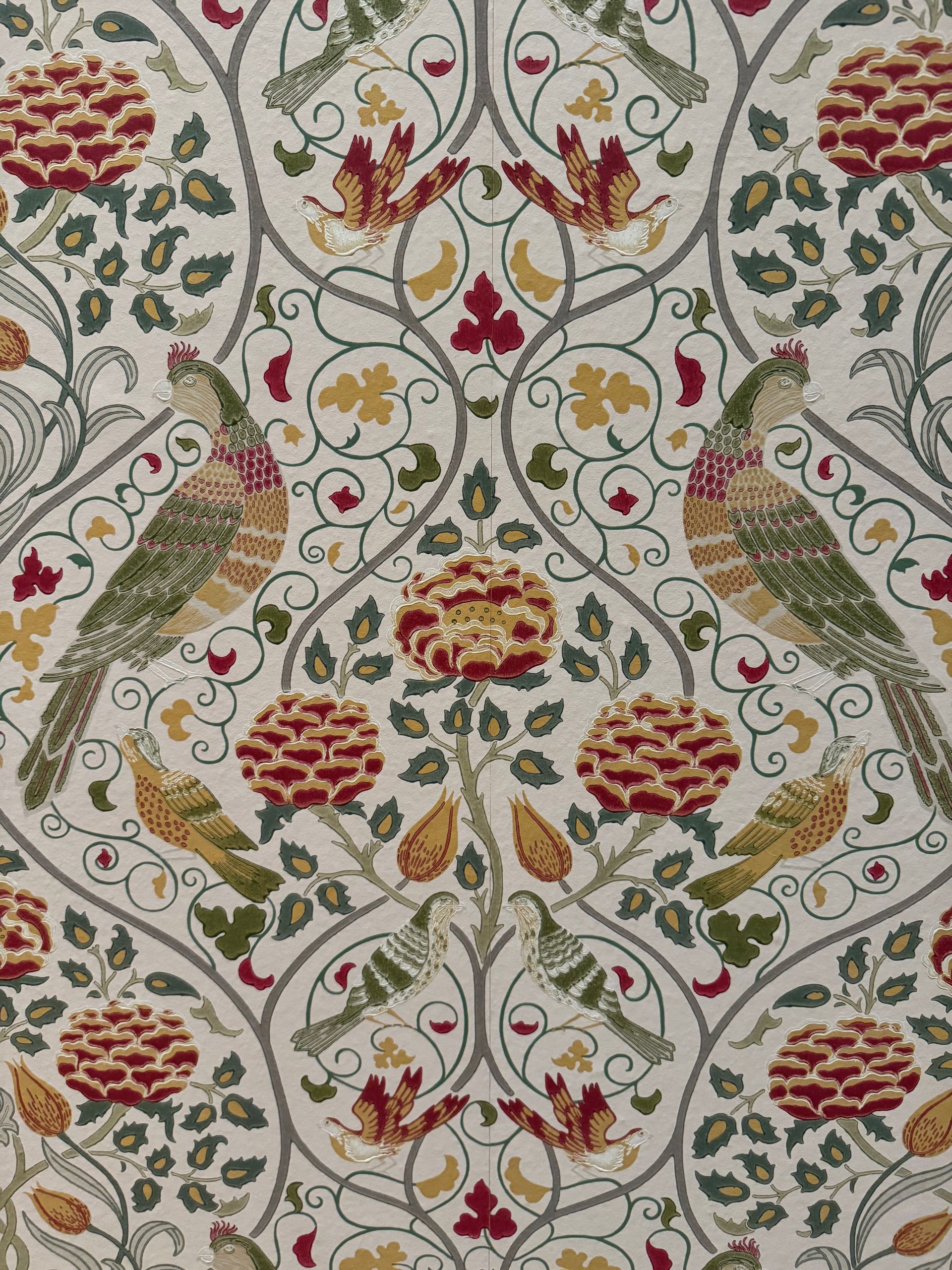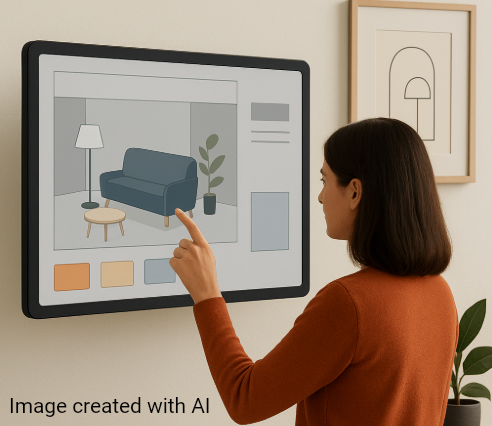Harnessing the power of colour psychology for stunning interiors
Unlock the secret to a health, happy, harmonious home
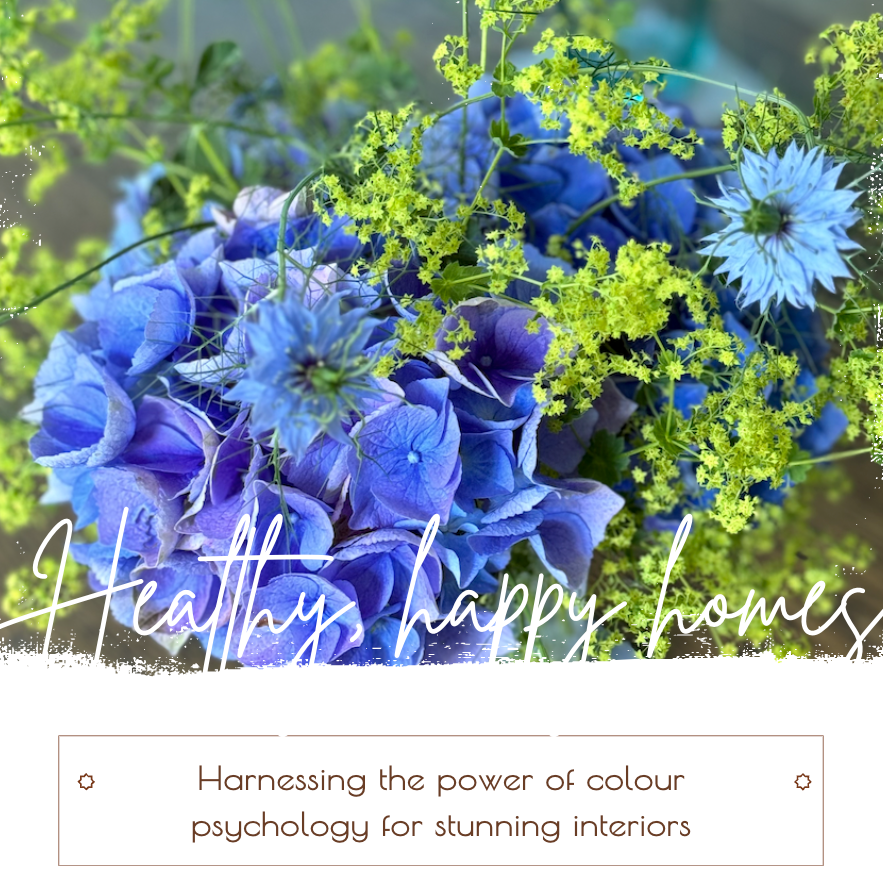
Colour is more than just a visual experience; it's a powerful tool that can shape our emotions, influence our behaviours and transform spaces.
In interior design, understanding colour psychology—the study of hues as a determinant of human behaviour—can elevate your home from merely aesthetically pleasing to deeply functional and emotionally resonant. Let’s delve into how you can harness the power of colour psychology to create spaces that not only look beautiful but also feel right.
The Basics of Colour Psychology
Colour psychology is rooted in the idea that colours evoke specific responses and emotions. This concept has been used in various fields, from marketing to therapy, and is especially impactful in interior design. Here’s a brief overview of what different colours can evoke:
- Red: Energetic and stimulating, red can increase heart rate and create excitement. It's great for social spaces like dining rooms but can be overwhelming in large amounts.
- Blue: Calming and serene, blue is ideal for bedrooms and bathrooms. It promotes relaxation and tranquillity, making it perfect for creating a peaceful atmosphere.
- Yellow: Cheerful and uplifting, yellow can make spaces feel brighter and more welcoming. It’s excellent for kitchens and dining areas but should be used sparingly to avoid feelings of anxiety.
- Green: Balancing and refreshing, green is associated with nature and brings a sense of calm and renewal. It works well in almost any room, offering versatility and harmony.
- Purple: Luxurious and sophisticated, purple can add a touch of elegance and creativity to a space. It's well-suited for bedrooms and living areas where you want to make a bold statement.
- Neutral Colours (White, Grey, Beige): These colours provide a backdrop that allows other colours to shine. They are essential for creating balance and can make spaces feel larger and more open.
Applying Colour Psychology in Your Home
When designing interiors, it’s crucial to consider both the function of the space and the psychological impact of the colours you choose. Here are some tips to help you apply colour psychology effectively:
- Identify the Purpose of Each Room: Start by considering the primary function of each room. For instance, a bedroom should be restful and calming, making blue or green an ideal choice. Conversely, a living room might benefit from warmer, more inviting tones like yellow or orange.
- Balance and Contrast: While it’s tempting to stick to a single colour palette, using a mix of colours can create depth and interest. Balance bold colours with neutrals to prevent overwhelming the senses. Contrast can also define spaces and highlight architectural features.
- Consider Lighting: Natural and artificial lighting can significantly affect how colours appear in a room. Test your colour choices under different lighting conditions to ensure they evoke the desired emotions throughout the day.
- Personal Preferences and Cultural Significance: Personal experiences and cultural backgrounds can influence colour preferences. Tailor your choices to what feels right for you and your family, considering any specific meanings or memories associated with certain colours.
Book Your Colour Consultation Today
Transforming your space with the right colours can profoundly impact your well-being and quality of life. As an experienced interior designer with a speciality in colour psychology, I can help you choose the perfect hues to create harmonious, inspiring interiors tailored to your needs.
Ready to see how colour can enhance your home? Book a colour consultation today and start your journey towards a more beautiful, balanced living space.

